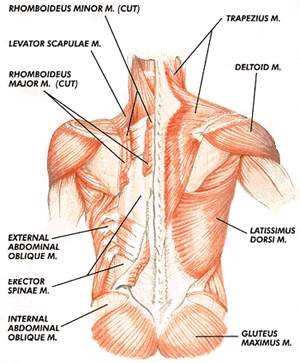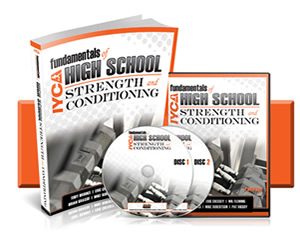Incorporating a small amount of mobility each day will eventually turn into great gains over time.
Mobility can be easily thrown into a complete warm-up, within the workout or at the end of a workout. It is much more important to do a little of something, than doing nothing at all.
The upper back/thoracic spine is made up of a lot of different musculature. The muscles surrounding the thoracic spine tend to tighten up, and often get neglected when working on mobility. When ignoring working on mobilizing these areas, the upper back can get tight, limiting overhead exercises and movements.
When thoracic spine mobility is compromised, athletes will unconsciously compensate by creating excess movement in other joints. This typically means that the lower back has to create excess movement or stability because the T-spine is not functioning adequately. It’s not uncommon for low back pain to be the result of issues in the T-spine/scapula, so taking a pro-active approach by spending a little time on this area can pay dividends you may never even know about because the athlete will be healthy. While we’ll never get credit for it, that should ultimately be the goal of all performance coaches.

There are various reasons why we need to work on t-spine mobility:
-Overhead and throwing movements can be limited due to tightness
-Tightness can affect posture in the various squat patterns
-Mobilizing any especially tight areas can lead to injury reduction
To warm up for t-spine mobilization, foam rolling the entire upper body can be very helpful in warming up and stretching the muscle belly.
:30 seconds of each area
- UPPER BACK-Starting with an upper back roll, crossing the arms in front of the chest
- LATS-Roll out the lats, by keeping the hand palm up, arm by the ear, rolling all the way from the armpit to the mid rib cage area
- PEC/SHOULDER- roll out the pec/shoulder area using either a foam roller or even better a lacrosse ball to really dig into the troubled areas
- T-SPINE PEANUT- utilizing a mobility peanut, roll out the erectors or focus on t-spine extension using the peanut.
There are a variety of exercises that can be used to mobilize the t-spine in extension and rotation. You can use everything from foam rollers and kettlebells to bars and bodyweight exercises.
Here are a variety of exercises that can be used for t-spine extension:
Here are some exercises that can be used for t-spine rotation:
These exercises can also be used as an assessment. When you find an athlete who struggles with these exercises, you can spend additional time with them to address the issue. If you never perform these exercises, you may never know it’s an issue.
Hopefully, this gives you several options to include in your programming. It’s not necessary to perform all of these exercises in every session, but inserting them into an overall plan will help you address these issues in a pro-active way.
 Jordan Tingman – CSCS*, USAW L1, ACE CPT, CFL1 is a graduate of Washington State University with a B.S. in Sports Science with a Minor in Strength and Conditioning. She completed internships with the strength & conditioning programs at both Washington State University and Ohio State University, and is currently a Graduate Assistant S & C Coach at Eastern Washington University.
Jordan Tingman – CSCS*, USAW L1, ACE CPT, CFL1 is a graduate of Washington State University with a B.S. in Sports Science with a Minor in Strength and Conditioning. She completed internships with the strength & conditioning programs at both Washington State University and Ohio State University, and is currently a Graduate Assistant S & C Coach at Eastern Washington University.
The IYCA High School Strength & Conditioning Specialist is the only certification created specifically for coaches training high school athletes. The course includes several hours of video instruction (including a complete Olympic lifting instructor course) and two textbooks with contributions from some of the top strength and conditioning coaches in America. Click on the image below to learn more about how to become a certified high school strength & conditioning coach.

